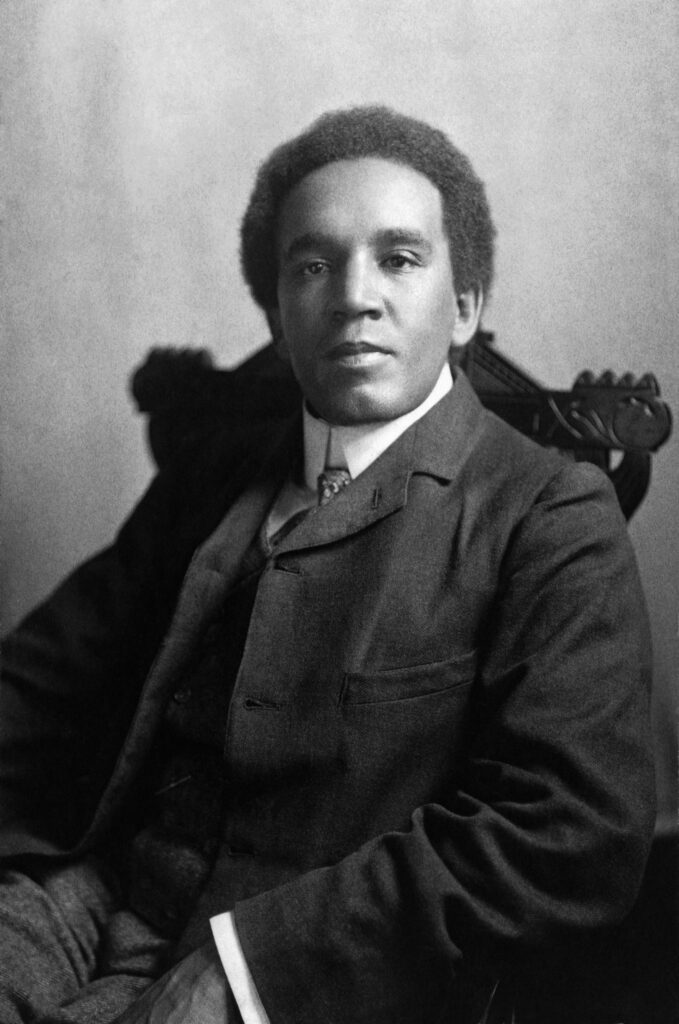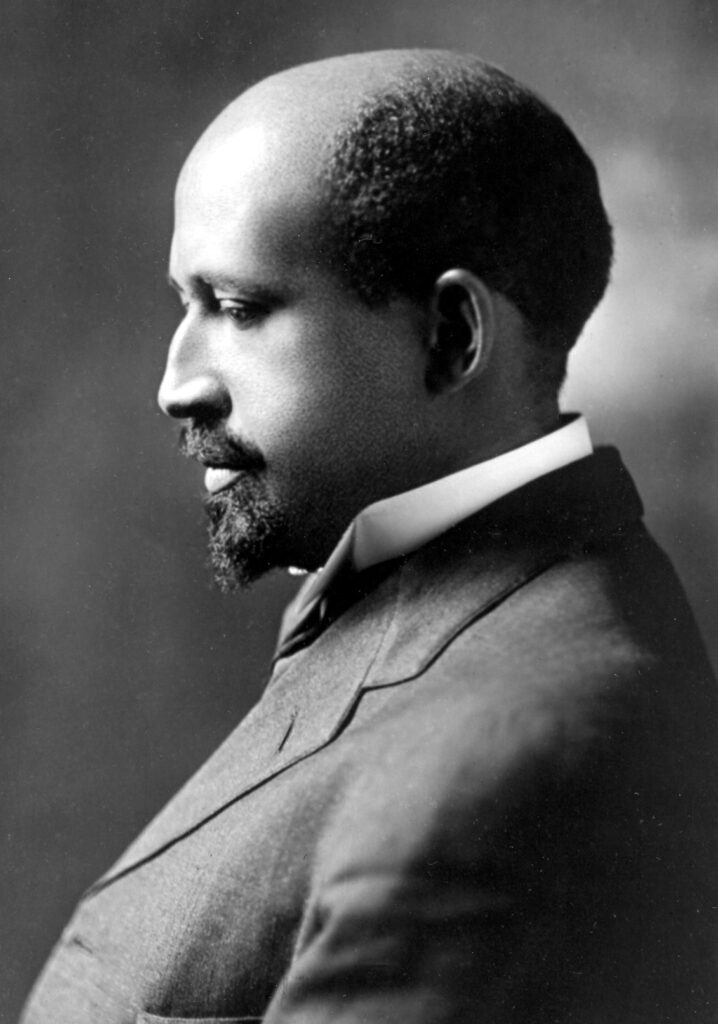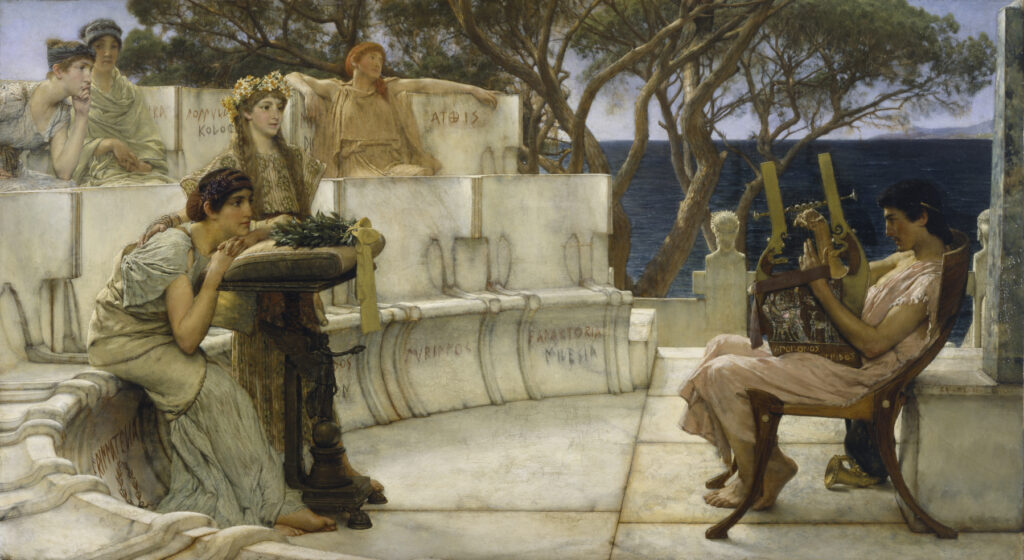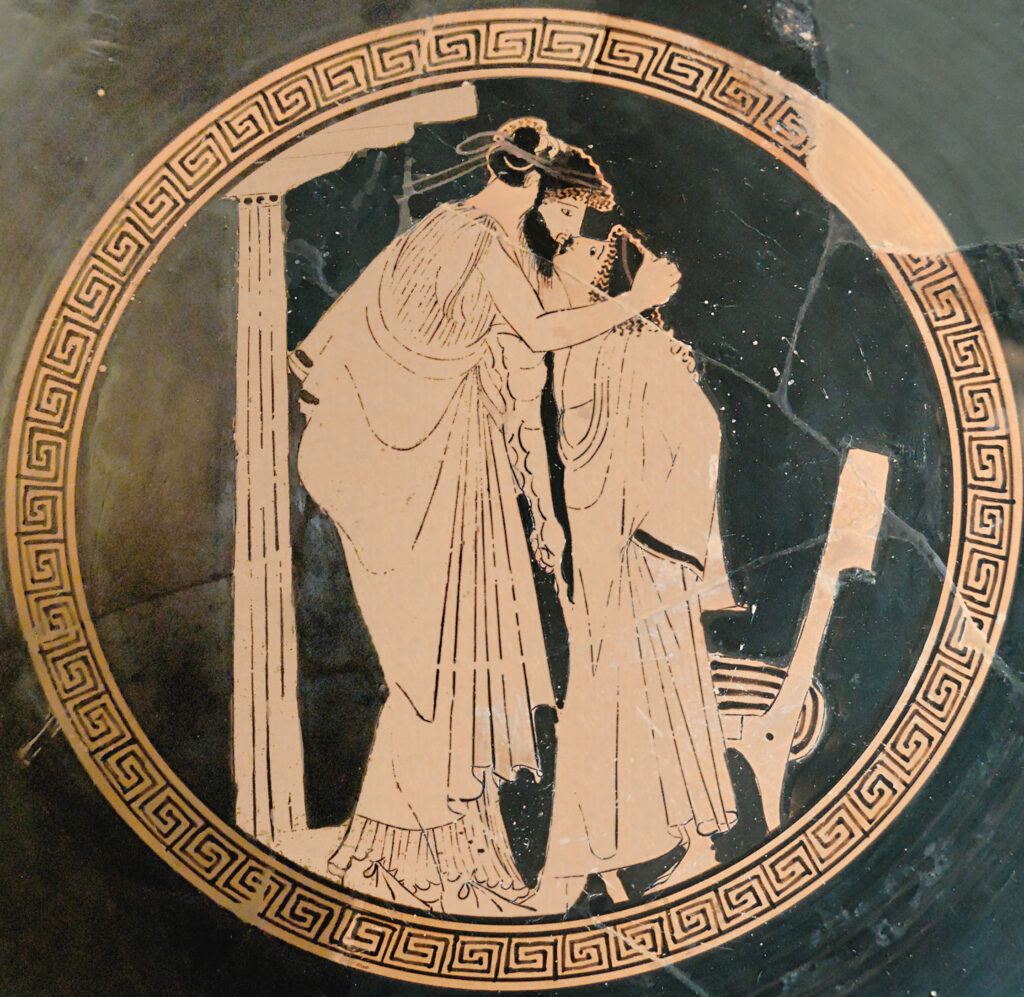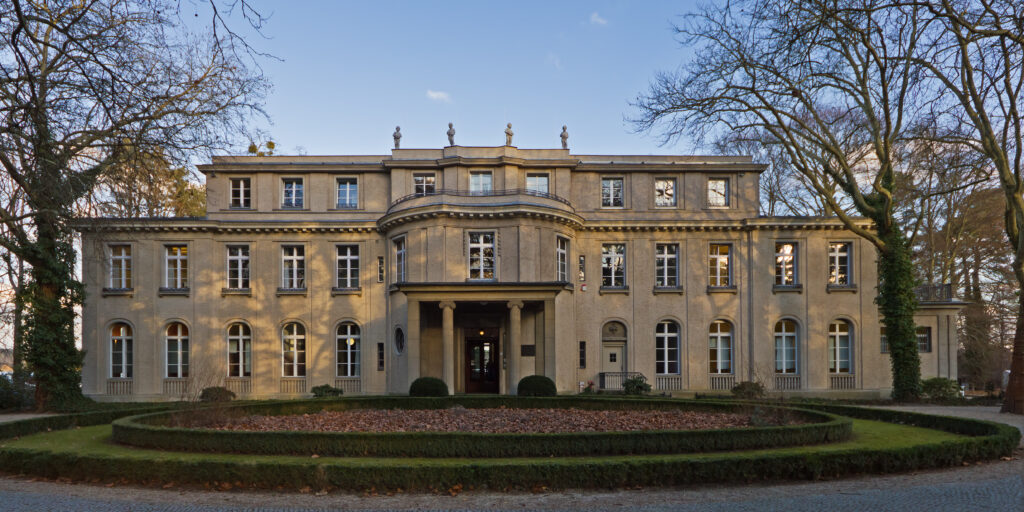
Haus der Wannsee Konferenz, credit Wikipedia
Brief Encounter
Peter Longerich, Wannsee: The Road to the Final Solution, first published as Wannseekonferenz: Der Weg zur Endlösung (2016), translated by Lesley Sharpe and Jeremy Noakes, Oxford University Press, Oxford, 2021, Notes, Bibliography, Appendix, Index, ISBN 978-0-19-883404-5, reviewed by Frank Ellis
The twentieth century may well come to be known as the age of genocide, not because what was formally defined as such in the mid 1940’s represented something new in man’s affairs – humans have always engaged and even revelled in mass slaughter and enslavement of the “other” – but because of the frequency and severity of the slaughter. What made the genocides of the twentieth century unique (so far) was the fateful combination of technology (rail, telephones and radio), powerful, centralised government bureaucracies with access to huge amounts of personal information, dedicated enforcement and extermination agencies, vastly improved methods of efficient mass killing and, above all, exceptionally aggressive ideological worldviews – Marxism-Leninism-Stalinism, National Socialism and Maoism – that sought to justify mass extermination (genocide) as necessary and desirable, the mandate of History.
The Holocaust (the Jewish Catastrophe) was a process. Victims were demonised, defamed, dehumanised, dispossessed, deported and then destroyed. Their suffering and deaths were then denied, something that has continued in various forms since 1945. The Wannsee Conference, the subject of Peter Longerich’s book, was a critical event in the process of the genocide. Here, in this lakeside villa, a small group of NS-Germany’s top administrative functionaries, invited by Reinhard Heydrich, head of the Reichssicherheitshauptamt (RSHA), discussed how to resolve what was called the Jewish question.
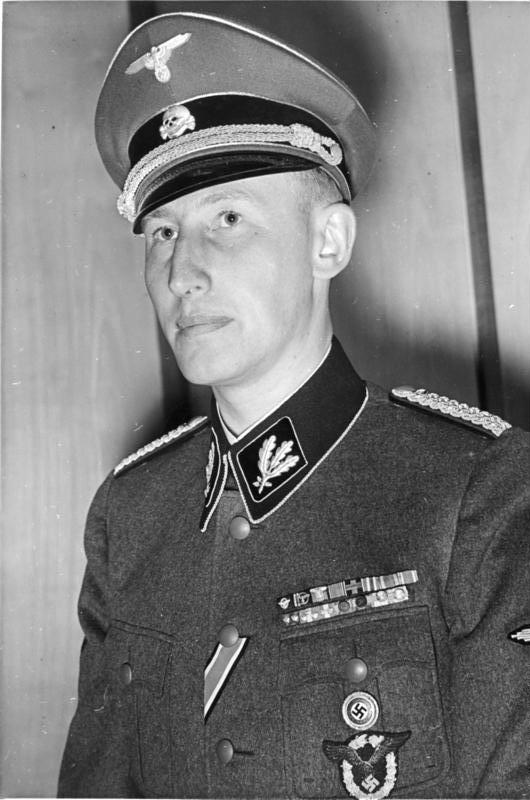
Reinhard Heydrich, credit Wikipedia


